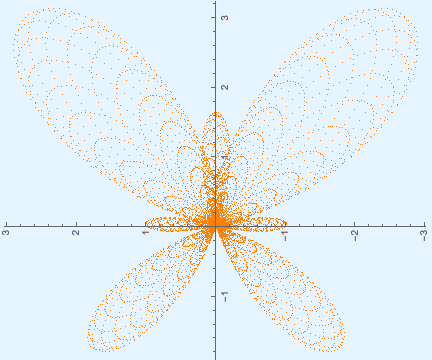

check out this post on my personal blog that explains how to 3D print a polar flower from Mathematica. something with head Real), so it can be distinguished from the radial ticks that are plain real numbers instead. In our lesson, we will be manipulating a polar plot. ( function for Polarplot and create graphics plot ) fctt : Sin3 t. The shapes for different data points can then be compared with each other. Mathematica Part 3 PolarPlot with travelling point that changes color. RadialAxisPlot is used to visualize multidimensional data by mapping each dimension to an axis, creating a unique shape. "30°" is represented internally as Times that expression has head Times to Mathematica's eyes, and is not a real number (i.e. RadialAxisPlot is also known as radar plot, spider chart or star plot.

Gdb), phi], ], opts]Ībove I restricted the pattern for replacement using val_Real to avoid causing the same change to the angular ticks, which otherwise would also become e.g. Compute answers using Wolframs breakthrough technology & knowledgebase, relied on by millions of students & professionals. Unfortunately, Mathematica (my tool of choice for data manipulation and plotting) lacks native support for 3D plotting in the polar coordinate system. I want to plot using PolarPlot to show a “scaled” tick mark where the scaling is the result of some function that I write to do the proper transformation.

The data that I am working with is a function of spherical angles theta and phi and it produces numbers in the range of 0 through some maximum value. symbolically before specific numerical values are assigned to x and y.I am working with an external “number-crunching” application that generates radiation patterns for antennas.

Callout list i, label, pos place the callout at relative position pos. Callout list i, label label the data with a callout. Button list i, action define an action to execute when the data is clicked.


 0 kommentar(er)
0 kommentar(er)
